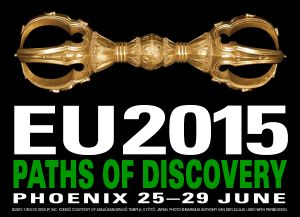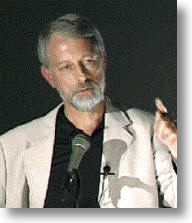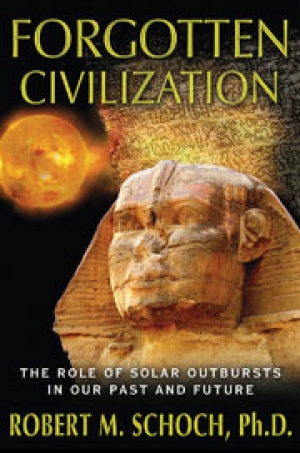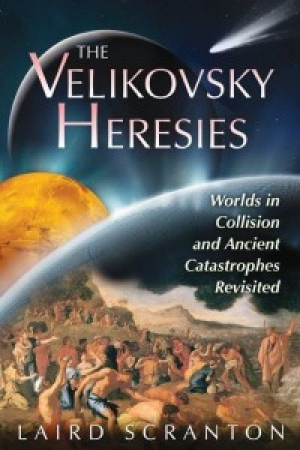Electric Universe 2015: Paths of Discovery
https://www.thunderbolts.info/wp/2015/01/31/eu2015-home-page/
Surely there is no single, secret pathway to theory-altering discovery. But it should go without saying that innovation, not common beliefs, has driven the most critical advances in the sciences.
The great discoveries did not arrive by accident. From the Copernican revolution to the discovery of “impossible” electric currents in space, the innovators came to recognize the oppressive potential of argument by consensus.
‘
The Electric Universe community emphasizes open and interdisciplinary science. It was this commitment that led us to the theme of the EU2015 Conference: Paths of Discovery. Look for contributions from leading innovators and critics of complacency in the sciences. Openness and critical scientific judgment must be partners.
The conference will explore the ways in which institutionalized perception can obstruct the paths of discovery and delay progress for centuries. Alongside these considerations we will take up the essential tests of extraordinary ideas, the role of the reality check before embracing the attraction of a claimed intellectual revolution.
Join us at EU2015 for a four-day exploration of interdisciplinary science, an event designed to break the bounds of conventionality. Discover the universal role of the electric force, from microcosm to macrocosm, where virtually every new surprise points us in the same direction. And find your own connections within a movement that will shape the future of science.






